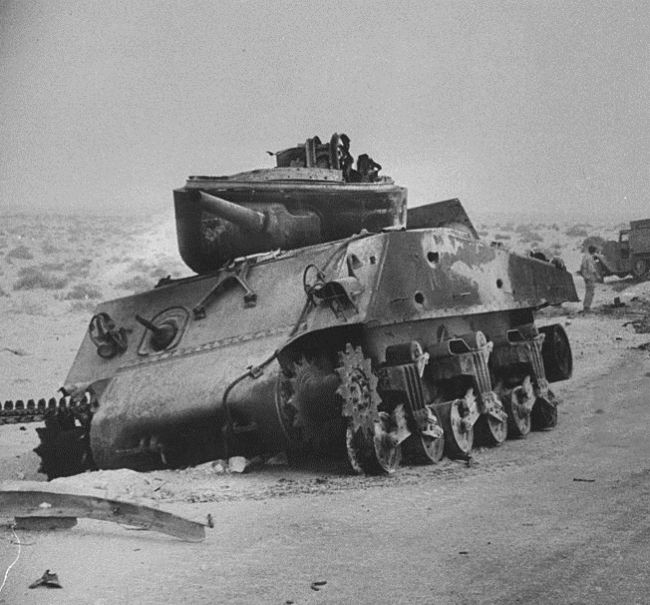
We see a similar disparity in results between the Israeli Army and the various Arab armies they engaged. The Arab armies include Egyptian, Syrian, Jordanian and Iraqi. To simplify we have just lumped the engagements involving these four armies together, although we are certain that there differences between these various armies. The data includes two engagements from 1956, 16 from 1967, one from 1968 and 32 from 1973 for a total of 51 division-level engagements. None of the engagements were coded as “limited action” or “limited attack.”
This database of only 51 engagements has 33 Israeli attacks and 18 attacks by Arab armies. It produces similar lop-sided results:
Israeli Army attacking the Arab armies (33 cases)
Force Ratio………………….Percent Attacker Wins ………………..Number of Cases
0.54 to 0.97………………………81%……………………………………………..16
1.00 to 1.47………………………90………………………………………………..10
1.51 to 1.99…………………….100………………………………………………….2
2.04 to 2.17…………………….100………………………………………………….2
2.90……………………………….100………………………………………………….1
Gap in data
3.50 to 3.96………………………..0………………………………………………….1
4.11 to 5.87………………………..0………………………………………………….1
As can be seen, the Israeli’s are wining 81% of the time that they attack at odds of less the one-to-one. Out of the 33 engagements where they are the attackers, they lose four and draw two. They are winning 82% of the time. Most of their attacks (79% of them) are at low odds, between 0.54- to 1.47-to-one. They win these attacks 80% to 90% of the time. They have two defeats at high odds, but in both cases, they advanced during the battle. At Jebel Libni in June 1967 they attacked at 3.60-to-one odds and advanced five kilometers. The engagement is coded as a draw because the Egyptian forces were able to successfully withdraw, as they were intending, while the Israeli forces had to rest and regroup. Both sides claimed victory. At Abu Ageila in October 1956, thee Israelis attacked at 4.57 odds and advanced 15 kilometers. This three-day engagement was coded as a defeat because the Israeli mission was to advance to Port Suez to support the Anglo-French operations there, and they were effective delayed by the Egyptians. The outcome of the engagement was coded as “attack advances” even though is a defender victory based upon the mission accomplishment scoring. The data in these tables could change slightly depending on how one chooses to code or interpret the outcome of the engagements.
When the Arab armies attacked, the results were very different.
Arab armies attacking the Israeli Army (18 cases)
Force Ratio…………………….Percent Attacker Wins…………………Number of Cases
0.87……………………………………..0%………………………………………………..1
1.05……………………………………..0…………………………………………………..1
1.75 to 1.80…………………………..0…………………………………………………..2
2.22 to 2.25…………………………..0…………………………………………………..2
Gap in data
3.03 to 3.49…………………………..0…………………………………………………..2
3.50 to 3.96…………………………33…………………………………………………..3
4.11 to 5.87…………………………50…………………………………………………..4
6.06………………………………….100…………………………………………………..1
8.12 to 12.18……………………..100…………………………………………………..2
One notes that the Arab armies lose all engagements below 3.94-to-1. This is some ten of the 18 engagements. Overall, they win only one-third of the time (six engagements out of 18). All victories are at roughly four-to-one odds or higher and even then they win 71% of time. This cannot more sharply demonstrate the performance differences between some armies. This was also examined in my previous book, primarily looking at casualty exchange ratios.
Finally, there is a 1991 Gulf War, where the differences in the performance between the two armies were far greater than either the German army versus the Soviet Union in 1943, or the Israeli Army versus the various Arab armies. We have 11 engagements from the odds of 0.64- to 3.26-to-one. The U.S., UK and French win them all. We have four Iraq attacks from odds of 0.21- to 3.00-to-1. All the Iraqi attacks fail. The Gulf War is a very unusual case.


I have a question related to this. I recently read the book “Armies of Sand” that seeks to explain the reason for this poor performance in battle. The book was mentioned on this blog some time ago. It says that to improve performance the Staff had to script manoeuvres in great detail before the field forces could execute them (after a lot of practice), pointing to a low level of competence in the field forces. Various reasons were given for the poor performance of the field troops, especially cultural factors. However the Staff (drawn from the same culture) obviously knew what to do whereas the field forces obviously did not. Why would there be such a marked difference in understanding of tactics between the Staff and the field forces in the same armies? Surely they were trained in the same institutions and would have a similar level of tactical understanding.
Perhaps their elites were schooled under a different system in a different nation or even outside of their cultural spheres? Even the offspring of North Korean dictators was granted scholarship in Switzerland. Life is still feudal.